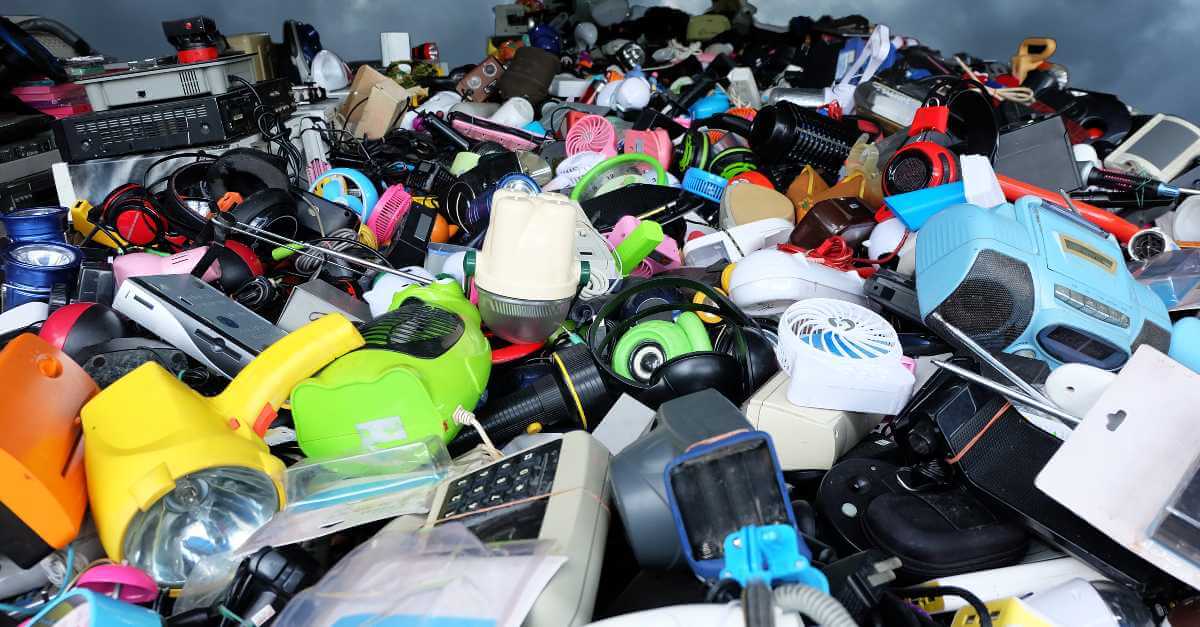I had an interesting discussion a few days ago. It made me realize most people see products of obviously poor quality and think the issues come from manufacturing, while, in fact, they most often come from bad product design! Let’s see why here…
Let’s take an example of quality issues caused by poor product design
Recently, an importer told us he was hesitating between two suppliers. Each of those suppliers produces the same type of electro-mechanical product (I can’t be specific here).
One of the two suppliers’ products was “of low quality”, the importer told us, based on reviews he saw online:
- The devices worked a few times and then stopped working altogether.
- It seems something is burning inside the product when it is working, and it produces a bad smell.
- The device is a bit noisy when it is working.
He assumed it all came from poor workmanship (when the factory put together the product), and he assumed somehow it might be much better in the next order.
Very unlikely.
As our team pointed out, these issues are typical of a poorly designed product:
- The product is not durable, and the stress of normal use is enough to make it fail early in its life. The prototypes were probably not sent for accelerated reliability testing, to find their weaknesses and address them.
- An electrical component is probably under-rated, and that’s what leads to burning smells. The R&D team probably did not work closely with the purchaser, to make sure the right component was specified in the BOM.
- Cheap mechanical elements (probably bearings) cause the noise. Again, cheap components were picked, and usability/performance testing was probably not done.
That’s not an isolated case. Many investigations of product failures lead to the same conclusion. Bad product design leads to quality and reliability issues.
Why are so many products poorly designed?
There is a clear pattern.
When a buyer works with a Chinese manufacturer and instructs them to copy an existing product, the buyer often says “make some samples that are similar, with your local components, and here is how to make it look different”.
Or, sometimes, a Chinese company takes the initiative to copy a successful product. (See this example of copycat.)
In those cases, the manufacturer goes straight to putting a prototype together, without much thought about good design practices, strategic sourcing (picking the right components and the right suppliers), or reliability testing (confirming the product will not fail too easily or too early).
Jo Van Landeghem, who has deep experience with product safety, analyzed the causes of safety incidents that led to recalls and wrote:
Often these incidents are caused by:
- A poor understanding of design-related risk
- Poor component quality usage/selection
- Poor quality workmanship when the products are being manufactured
- A poor combination of quality components combined with inappropriate workmanship
The role of product design
If the design engineers are not given objectives related to quality and safety, and if their prototypes are not tested appropriately, pretty much anything is possible!
I wrote about it at length in Why Design Defects Are Behind Many Quality/Safety Issues.
And we shot a video on DFQ (design for quality) recently:
Also, when designing electro-mechanical products, keeping reliability in mind is quite important. I explained it before in Using Reliability Engineering for Designing a More Durable Product.
As standard MIL-STD-785B put it:
[Reliability engineering] shall focus on the prevention, detection, and correction of reliability design deficiencies, weak parts, and workmanship defects. Reliability engineering shall be an integral part of the item design process, including design changes.
Avoid “design deficiencies” and “weak parts”, not just “workmanship defects”!
The role of procurement
There is a lot of talk about the role of design engineers, but picking the right materials & components from the right suppliers is also quite important.
We shot a video on the topic of procurement for X, showing a few examples:
Conclusion
Product design. Sourcing & procurement. Process design and manufacturing. Each of them can be the cause for serious quality issues, reliability issues, AND safety issues.
If, as a buyer, you can identify the cause of a problem, you can make much better decisions. Transferring your production to a new factory may not be the solution.
Get expert help to improve YOUR product quality from suppliers in China or Vietnam. Read: Quality Assurance In China Or Vietnam For Beginners
Download your free copy of Sofeast’s eBook and learn the common traps new importers from China or Vietnam fall into, and how to avoid or overcome them in order to get the best possible production results. It also outlines a proven quality assurance strategy that you can follow in order to have better control over your product quality, covering:
- Finding Suitable Suppliers
- Defining your Requirements before Production Starts
- Don’t Skip the New Product Introduction Process
- Regular Quality Inspections (Trust but Verify)
- Tying Payments to Quality Approvals
Sounds good? Hit the button below to get your copy now:


